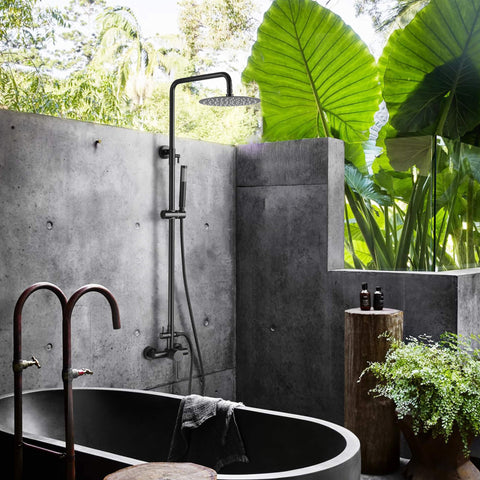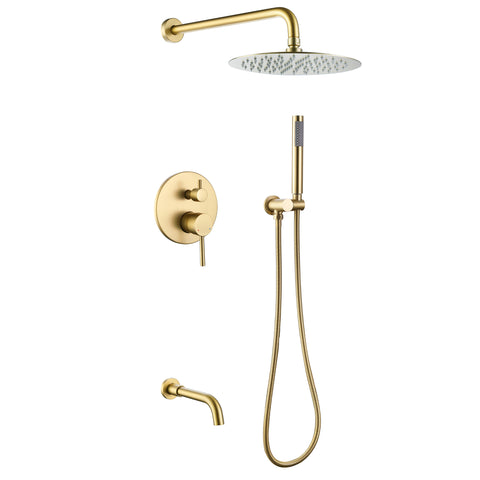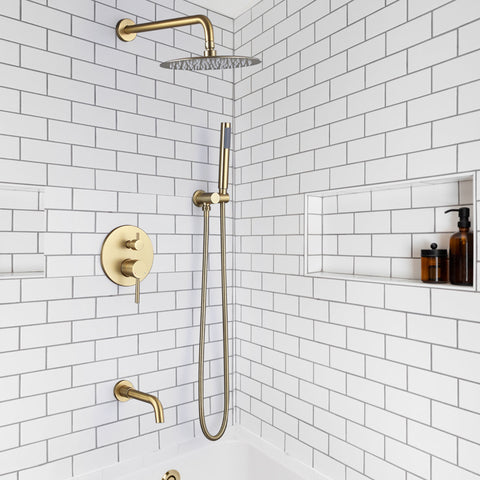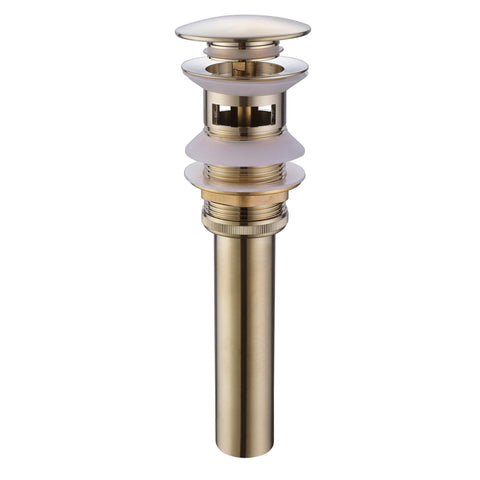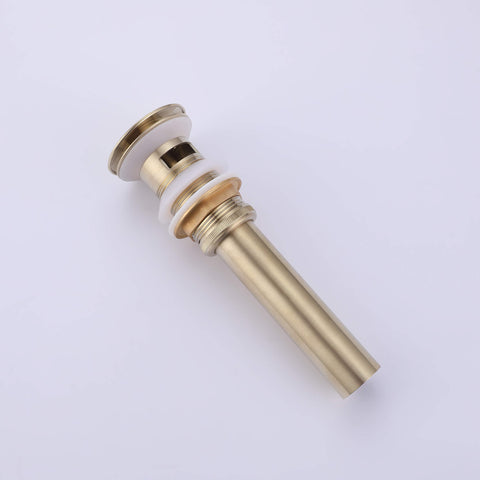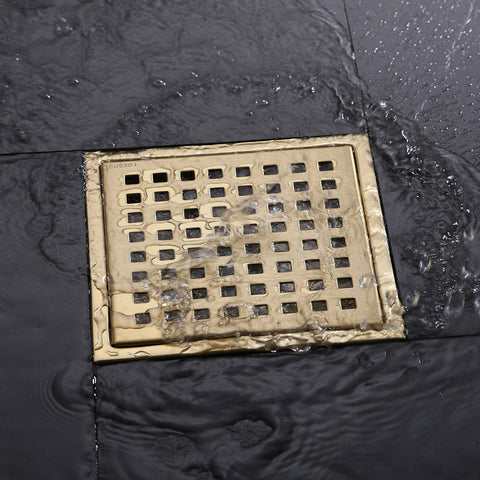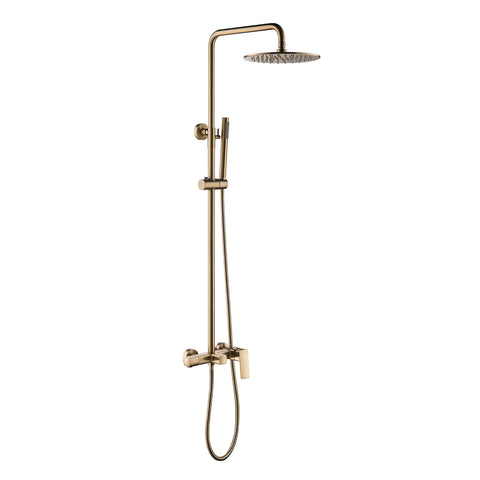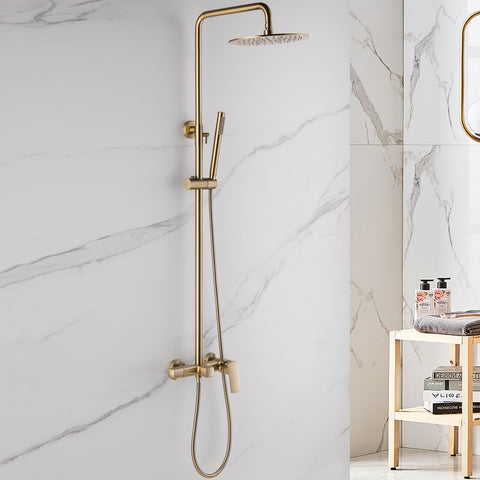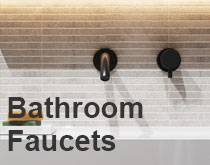Bathtub Refinishing Guide: Benefits, Process, and Maintenance Tips
Bathtub refinishing, also known as tub reglazing or resurfacing, is one of the most cost-effective and environmentally friendly ways to give an old bathtub a completely renewed appearance without undergoing a full bathroom remodel. Instead of replacing a worn or outdated tub, refinishing restores the original surface—making it look glossy, clean, and like new again. Whether your current tub is chipped, scratched, stained, or simply outdated in color, refinishing can dramatically improve your bathroom’s aesthetics while increasing your home's value. In this guide, we dive into the benefits, process, lifespan, and key considerations of bathtub refinishing to help you determine whether this solution is the best fit for your renovation goals.
Understanding Bathtub Refinishing
Bathtub refinishing is the process of repairing surface damage, smoothing imperfections, and applying a new, durable coating to restore the tub’s original shine and texture. It is widely chosen for its affordability compared to full replacement, especially because tub removal often requires demolition, plumbing adjustments, flooring work, tile repair, and labor. The refinishing method is also considered sustainable because it extends the life of your existing tub and prevents large bathroom fixtures—like porcelain, steel, or acrylic tubs—from ending up in a landfill.
Benefits of Bathtub Refinishing
- Cost Efficiency: Refinishing typically costs 70–80% less than a full bathtub replacement. A new tub may be affordable, but demolition, disposal, plumbing, and construction labor significantly add to the final expense. Refinishing skips all of that while delivering impressive visual results.
- Time-Saving: Most refinishing projects can be completed in 4–8 hours, with the tub usable again within 24–48 hours. In contrast, replacing a bathtub often requires several days of carpentry, plumbing, and cleanup.
- Versatility: Refinishing works on most bathtub materials including acrylic, fiberglass, cast iron, steel, and porcelain. You can even update the color to match a new design theme, making it an excellent solution for outdated pink, almond, or yellow tubs.
- Eco-Friendliness: By restoring your existing tub, you reduce construction waste. Refinishing prolongs the life of your fixtures, lowers manufacturing demand, and prevents heavy tubs from ending up in landfills—making it an environmentally responsible renovation choice.
- Increases Home Value: A clean, glossy, newly refinished tub enhances the overall look of the bathroom—one of the rooms buyers value most—making it an excellent upgrade before selling a home.
The Refinishing Process
A high-quality refinishing job involves multiple detailed steps to ensure a smooth, long-lasting finish:
- Cleaning and Repairs: The tub is deep-cleaned to remove soap scum, mineral deposits, and oils. Chips, cracks, rust spots, and dents are repaired using high-strength fillers.
- Surface Preparation: The old surface is sanded or etched to remove gloss and help the new coating bind properly. Fixtures, tiles, and hardware are masked or removed to avoid damage.
- Primer Application: A professional-grade bonding agent or epoxy primer is applied to ensure strong adhesion between the old surface and new finish.
- New Finish Application: Multiple coats of durable acrylic, epoxy, or urethane are sprayed evenly for a smooth, glossy result. High-quality refinishing products are designed to resist moisture, staining, and daily wear.
- Sealing and Curing: A protective topcoat seals the surface, adding shine and strengthening durability. Curing time varies by product but typically ranges from 24 to 48 hours.
Considerations and Maintenance
Bathtub refinishing is a smart renovation option—but it comes with important considerations:
- Durability: A refinished tub typically lasts 7–10 years with proper care. Avoid harsh scrub brushes or abrasive cleaners, which can dull or scratch the finish. Gentle, non-acidic cleaners are recommended.
- Ventilation: Refinishing materials release fumes during application. Ensure proper ventilation or temporarily leave the home during the process if you are sensitive to chemical odors.
- Professional vs. DIY: DIY refinishing kits exist, but they often lack the durability, smoothness, and adhesion of a professional job. Professionals use stronger materials, better spraying equipment, and advanced preparation techniques for a smoother, longer-lasting finish.
- Underlying Issues: If your bathtub has structural damage, major cracks, or plumbing problems, refinishing may not be enough. In such cases, replacement or a solid surface freestanding bathtub may be the better long-term option.
In conclusion, bathtub refinishing is an excellent solution for homeowners seeking a quicker, more affordable, and eco-conscious way to refresh their bathroom. It offers impressive aesthetic results without the cost and complexity of replacing your tub. By understanding the refinishing process, weighing its benefits, and considering long-term maintenance, you can determine whether this option is the ideal choice for your next bathroom upgrade.

